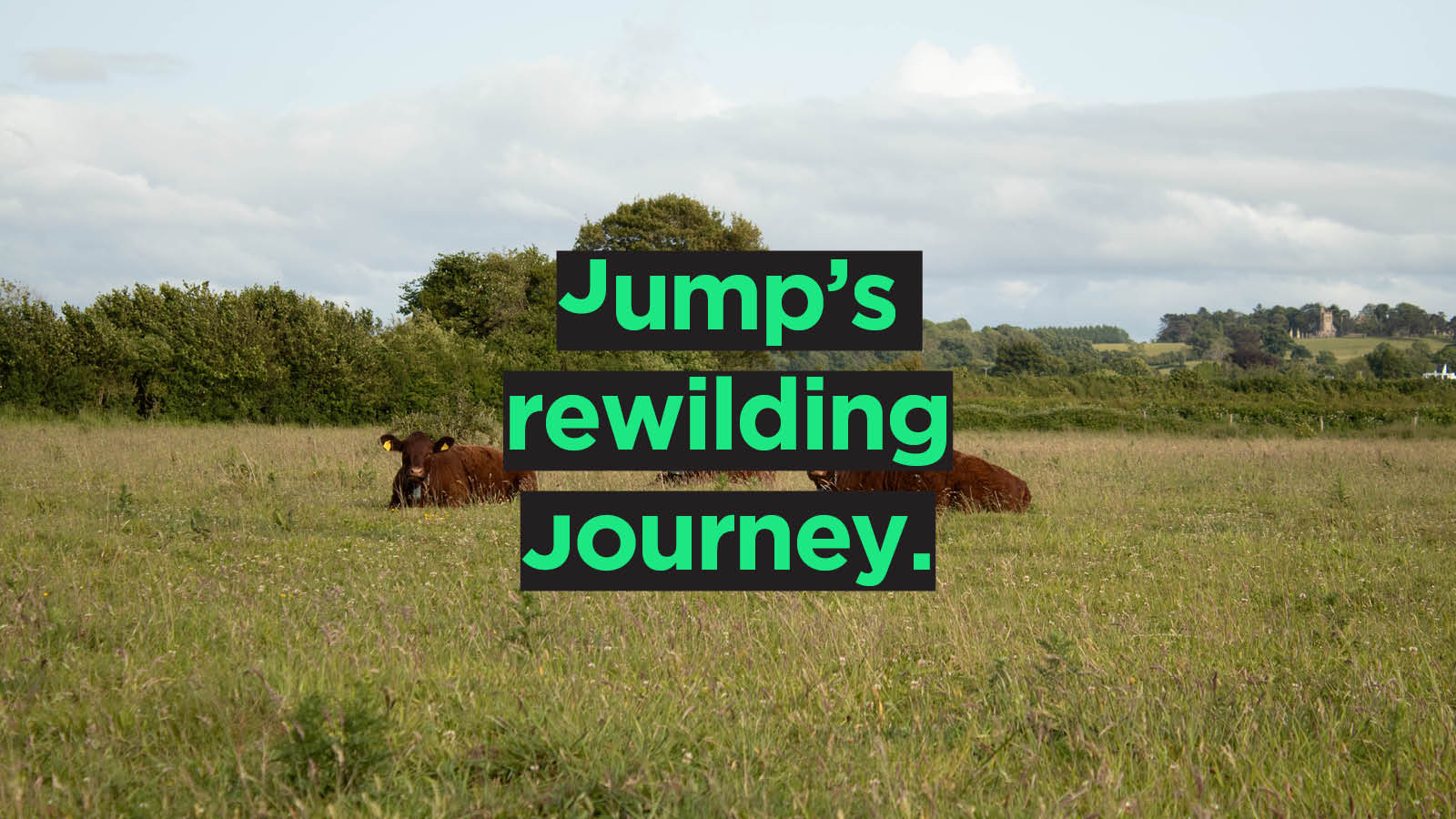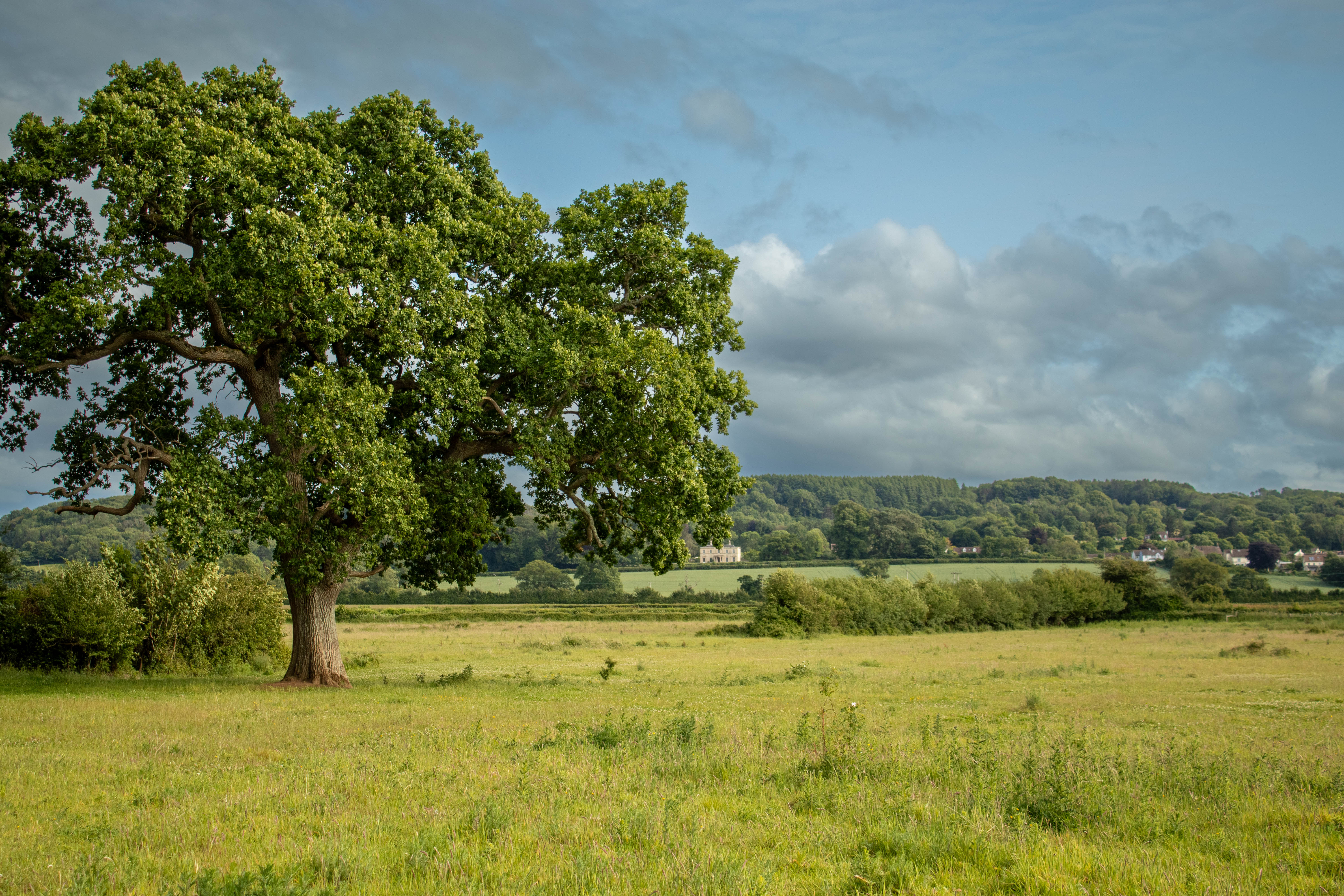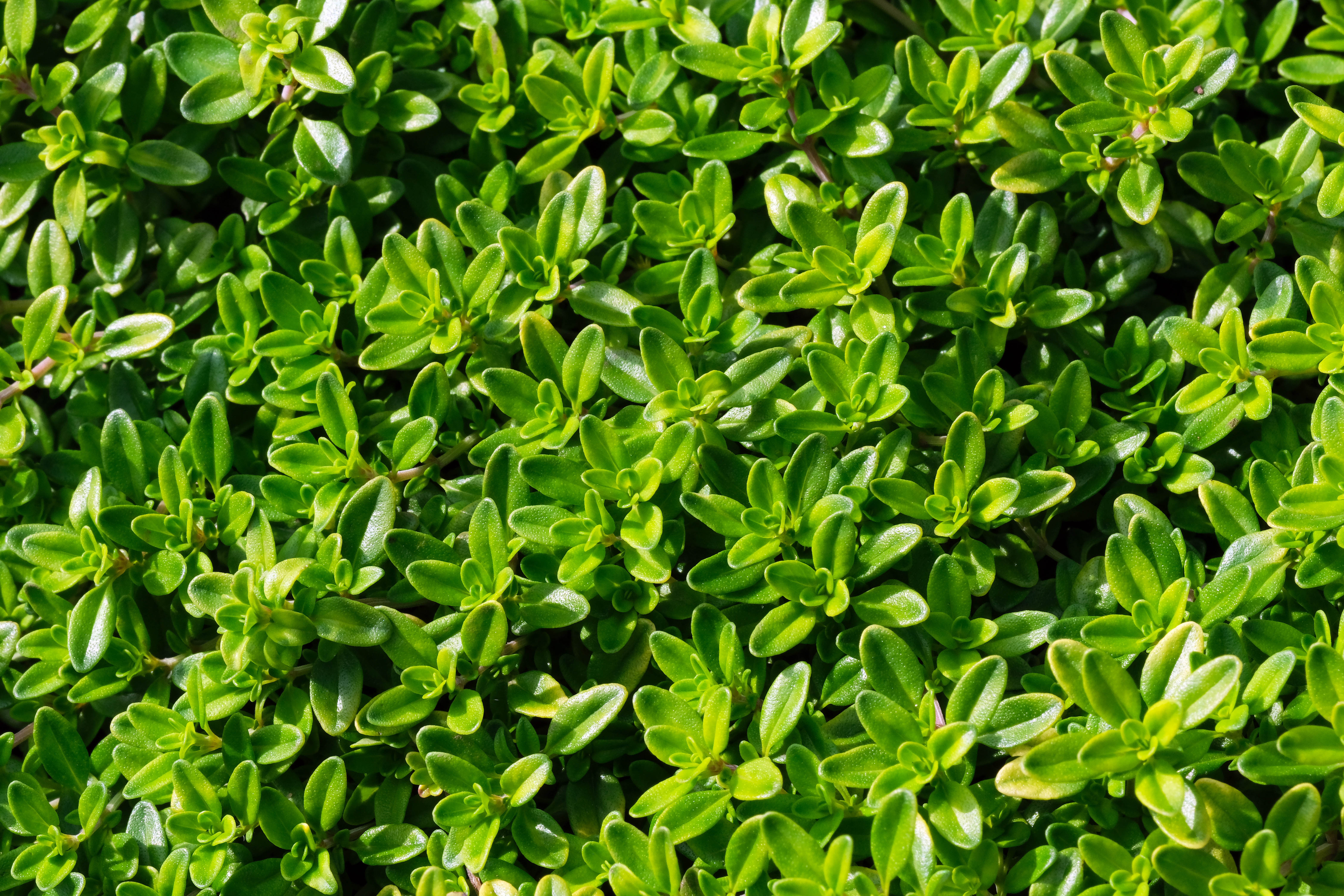
Across much of the UK, the land has grown emptier than it should be. We’ve lost over 97% of our wildflower meadows in less than a century. Hedgerows have been stripped away, field margins ploughed under, and the colour and movement that once filled our countryside has slowly faded. From a distance the landscape still looks green, but often it is a thin, silent green, fields of single crops trimmed short, offering little for pollinators, birds or soil life to hold onto. Agriculture over abundance. Domestication over diversity. And that loss ripples outward. Fewer flowers mean fewer insects, fewer insects mean fewer birds, and the chain weakens all the way up.
Rewilding is about changing that. It is about giving the land space to recover its own rhythm, letting wildflowers and native grasses return, allowing bees, butterflies and birds to find food and shelter, and giving the soil back its strength. It’s about messy edges, long grass, tangled hedgerows and seed heads bending in the wind. It is not about walking away from the land, but about stepping back just enough to let nature lead again.

This matters more than we sometimes realise. Healthy wild land holds carbon in its roots and soil, filters rainwater, reduces flooding, and softens the extremes of heat and drought. It keeps our pollinators thriving, and with them our crops and food systems. And it brings life back to places that have fallen quiet, the shimmer of grasses in the wind, the low hum of pollinators, the rustle of small mammals in the undergrowth, and the slow, steady rebuilding of the soil beneath it all.
Over the past few years Jump has been finding our place in "rewilding projects". Historically, we have planted more trees than we have used in our print, and we will continue to do that. But trees are only part of the story. So we have been rolling up our sleeves, volunteering with the Herts & Middlesex Wildlife Trust and the Cornwall Wildlife Trust, and beginning a new partnership with Belmont Estate. Together, we have helped rewild over 5,000 square metres of land so far.

Rewilding is not instant. It starts with bare soil and scattered seed, and for a while it can look like nothing is happening at all. The first year is often slow, with only a handful of hardy pioneers pushing through, such as Common knapweed, Red clover and Bird’s-foot trefoil. By the second and third years, diversity begins to climb. Studies by Plantlife show that species-rich grasslands can support up to 40 plant species per square metre, compared to as few as 3 or 4 in intensively managed fields. As the flowers take hold, the insects follow. Pollinator abundance on restored meadows has been shown to increase by up to 50% within three years, according to Buglife. That in turn draws back the birds and small mammals that depend on them. Soil health begins to shift too, with research from Natural England finding that rewilded grasslands can rebuild soil organic matter by 0.3 to 1% per year, locking more carbon into the ground and improving its structure and water retention.
That is why we do this. Because if we want the land around us to be healthy, resilient and alive, we have to make space for wildness to return. And if we want the next generation to inherit landscapes that are alive and resilient, not silent and bare, then this is where the work begins.

If you want to learn more about our conservation and rewilding partners, you can explore their work here:
- Herts & Middlesex Wildlife Trust – www.hertswildlifetrust.org.uk
- Cornwall Wildlife Trust – www.cornwallwildlifetrust.org.uk
- Belmont Estate – www.belmont.estate
- Ecologi – www.ecologi.com


